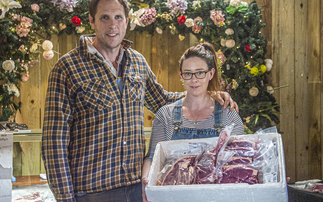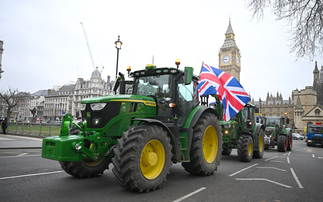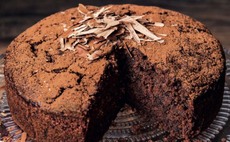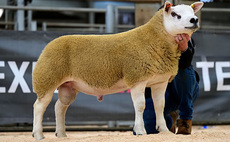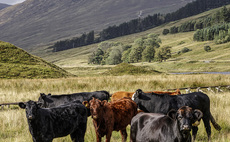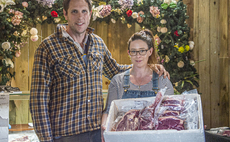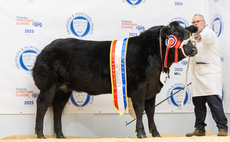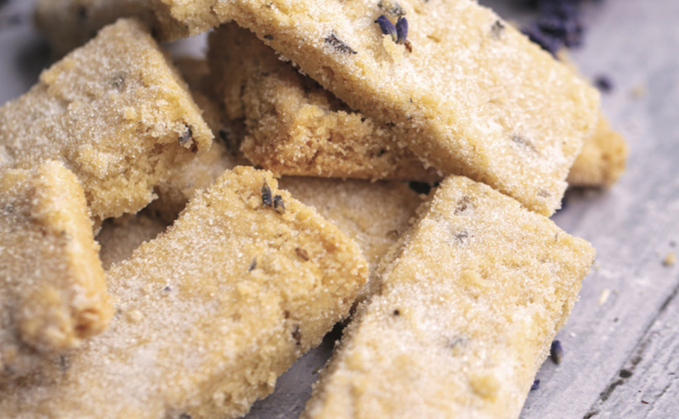
Jam or cream first? This is a very loaded question. But it entirely depends on where you are - you put jam on your scone first if you are in Cornwall, and clotted cream on first if you are in Devon.
So, there you go, your future afternoon teas will decidedly become less unnecessarily confrontational and highly more pleasant now that this age old dilemma has been put to rest.
Afternoon Tea Week takes place from 7th - 13th August 2023 and celebrates this great British tradition. Afternoon Tea is the perfect excuse to catch up with loved ones over a cup of tea and some expertly created treats.��
I absolutely adore the timeless decadence of this quintessentially British past time; the elegant finger sandwiches, the dainty cakes, macarons and pastries, and the 1940s tea dresses which symbolise the freedom of movement and flexibility of British, Victorian society. The flurry of florals and polka dots gathered around delicately laid tables, in amongst the bird like chatter of friends and acquaintances, sets the mood for a dignified and often a memorable, and luxurious afternoon tea.��
Afternoon Tea was first thought up by Lady Bedford, Anna Maria Russell, one of Queen Victoria's ladies in waiting and it soon became fashionable in high society. Due to increasing urbanisation and the rise in industrialisation at around 1840, the evening meal was becoming later and later, and Lady Bedford would become hungry at around 4pm, often inviting her friends to join her.��
There are a wide selection of hotels in London offering the quintessential afternoon tea experience. Hotels offering traditional afternoon tea include Claridges, the Dorchester, the Ritz and the Savoy, as well as Harrods and Fortnum and Mason.
Caroline Alexander, from Castle 51AV��Ƶin Kent, in my For The Love Of The Land cookbook says: "The more I've got to know the farming community over the years, the more I've gained respect for their hard work, multi-skilled entrepreneurialism and deep, unsentimental understanding of how the countryside works."��
Here is Caroline's delicious recipe for Lavender Shortbread.
"A simple recipe for delicately flavoured, melt-in-the-mouth shortbread. Perfect for a relaxing afternoon tea." - Caroline Alexander
PREPARATION TIME: 15 MINUTES, PLUS 1 HOUR CHILLING | COOKING TIME: 40 MINUTES | MAKES ABOUT 20
Ingredients:
200g plain white flour
Pinch of fine sea salt
40g ground rice flour
75g caster sugar, plus extra for decorating
175g unsalted butter, from a chilled 250g block
1 heaped tsp Castle 51AV��ƵCulinary Lavender Flowers
5-10 drops Castle 51AV��Ƶ‘Hot' Lavender Essence
Method:
Sift the flour and salt into a bowl and stir in the ground rice flour and sugar. Take your butter from the fridge, and while your bowl is on the weighing scales, grate in 175g of butter from the block. Sprinkle in the lavender flowers and add the drops of lavender essence. Work it all quickly into the flour until the mixture resembles fine breadcrumbs.
Press the shortbread dough gently into a 20cm square baking tin and level out the top. Chill in the fridge for about an hour.
Heat the oven to 140°c and bake the shortbread for 40 minutes until light golden. Remove from the oven and prick all over with a fork, then mark into 20 pieces, cutting right through to the bottom of the tin. Dust the top with caster sugar, then leave the shortbread to cool before removing it from the tin.
Chef's Tip: pressing the shortbread into the tin is the key to getting the right consistency. If the mixture is too hard, the biscuits will set like concrete, but too soft and they will be very crumbly. Firmly pressing another tray on top of the first one is usually the best way to get it right.
You can follow Jenny on Instagram and Twitter @jennyljefferies





